Teruhiro Yanagihara creates terroir-inspired interiors for new restaurant Sower in Japan
Sower, the new Japanese restaurant on Lake Biwa, features a minimalist design and a material palette inspired by its surroundings
Max Houtzager - Photography
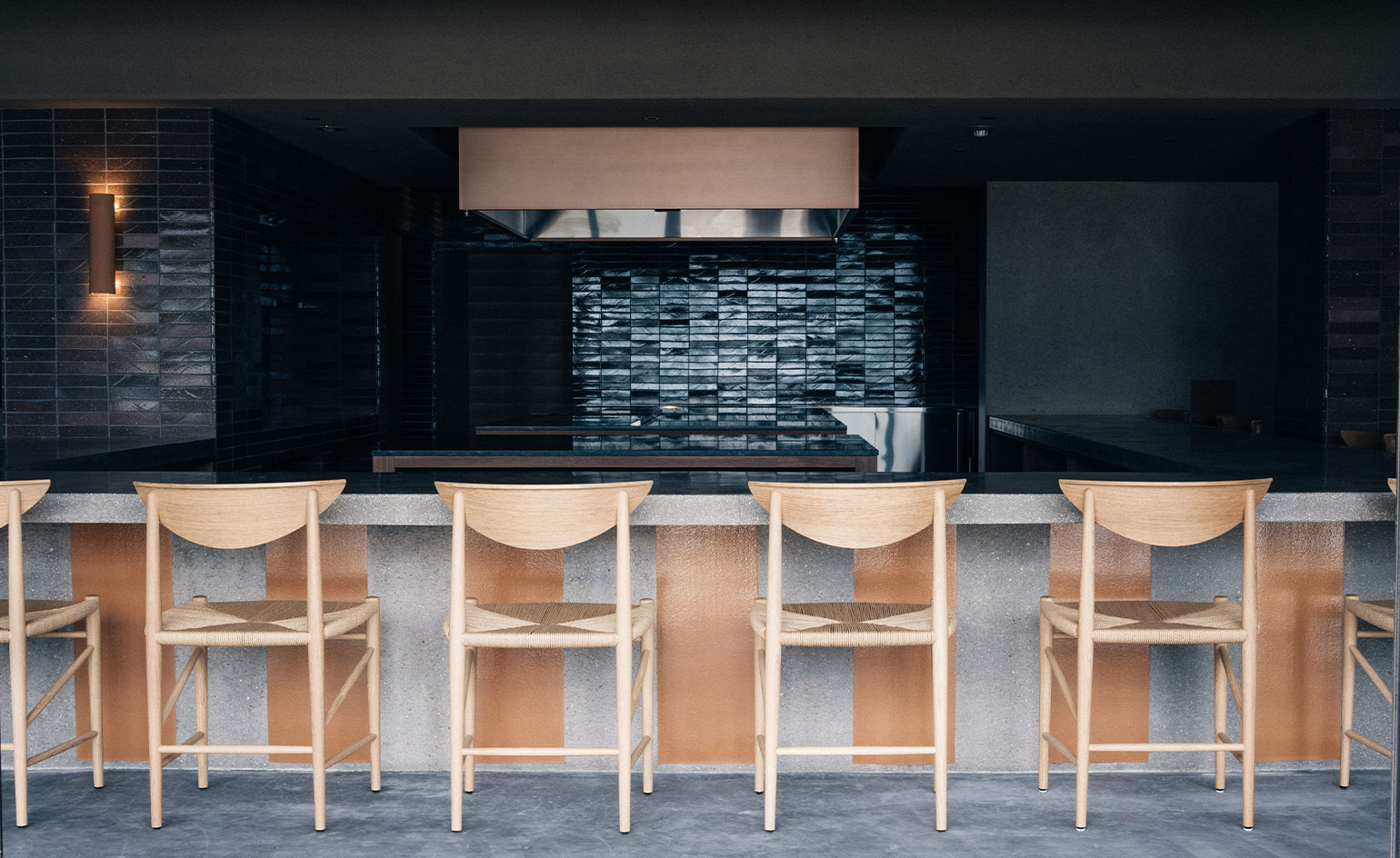
Straw, pearl shells, river stones, clay. A cornucopia of natural materials sourced from the landscape define the interiors of the new Sower restaurant in rural Japan, overlooking the serene waters of Lake Biwa in the mountainous Shiga Prefecture.
The Japanese restaurant was designed by Teruhiro Yanagihara Studio, which carefully applied the concept of ‘terroir’ to the interior, tempering the warm textures of natural materials with clean, minimalist lines and contemporary metal accents. The design smoothly complements the culinary innovations of US chef Coleman Griffin (formerly of Tokyo’s Inua restaurant), who offers a creative, modern take on the region’s rich seasonal produce, and its heritage as the birthplace of Japan’s fermentation culture.
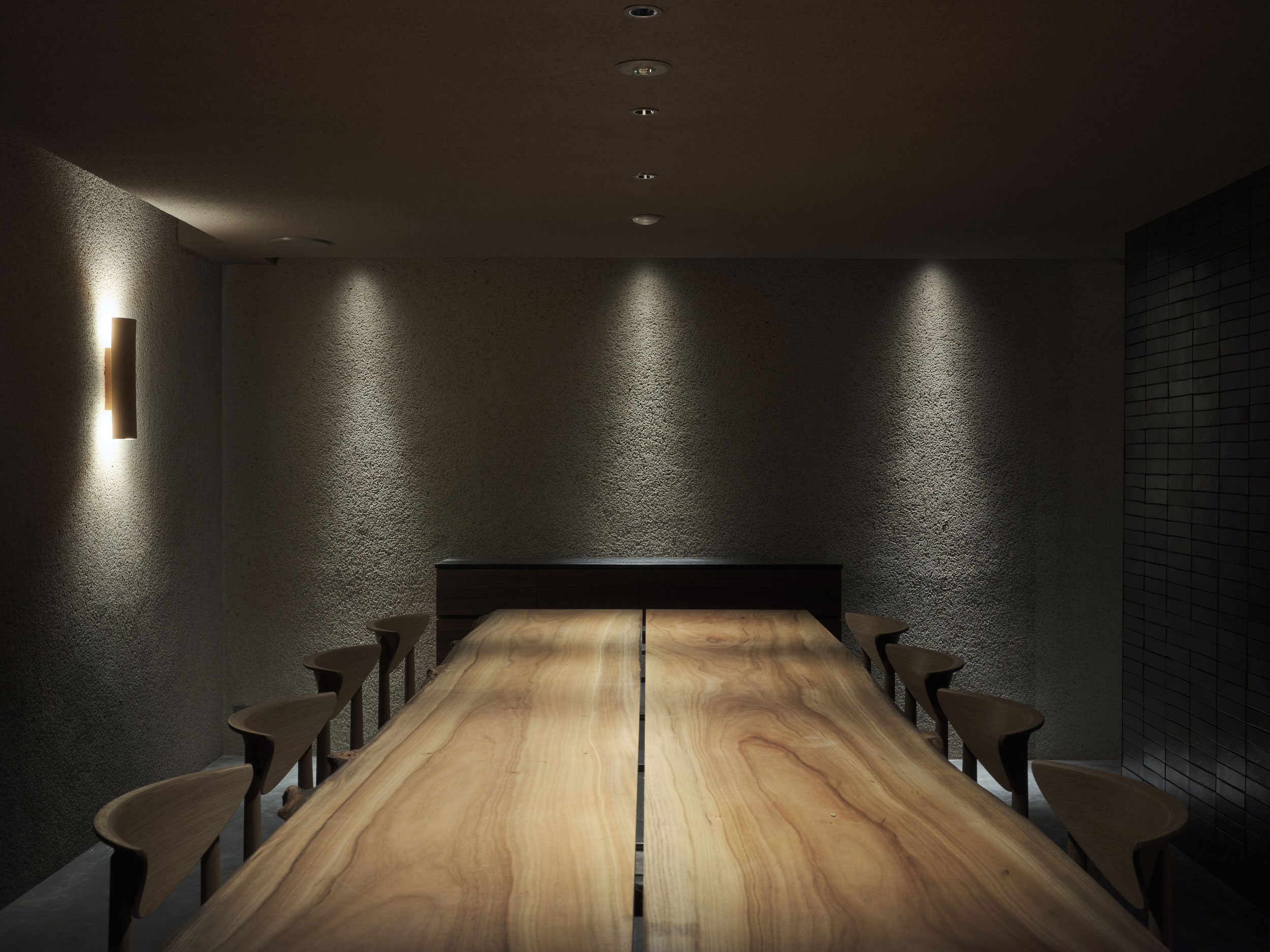
And so the rugged natural Shiga landscape is the main protagonist throughout, from the textures of the plaster walls, the surface of the stone counters and the deep water shades of the ceramic glazes, right down to the contents of the plates.
‘I thought it was very important to design a restaurant that is connected to the landscape around it,’ says Teruhiro Yanagihara, who has studios in Osaka and Arles, France, and serves as creative director and designer at 1616/Arita Japan. ‘Similar to the food served at the restaurant, the space was created using soil, stones and plants from the surrounding Shiga region. We worked closely with craftsmen to create the best use of these materials.’
The restaurant, located in the grounds of Lake Biwa’s L’Hotel du Lac, is accessed via large doors, made from assamela wood, with clean-lined copper handles and ceramic inserts. These lead to a bar area where walls and ceilings have been swathed in textured sakan plaster by artisan Saito Arato, who created an organic fusion of Shigaraki clay, straw and small stones from a local river, while a smooth floor of local soil and cement is awash with dark Bengala mud dye. The bar counter, likewise, contains an organic microcosm of Shiga’s landscape, its smooth terrazzo-style surface showcasing a polished mix of river stones in white cement and natural ceramic clay.
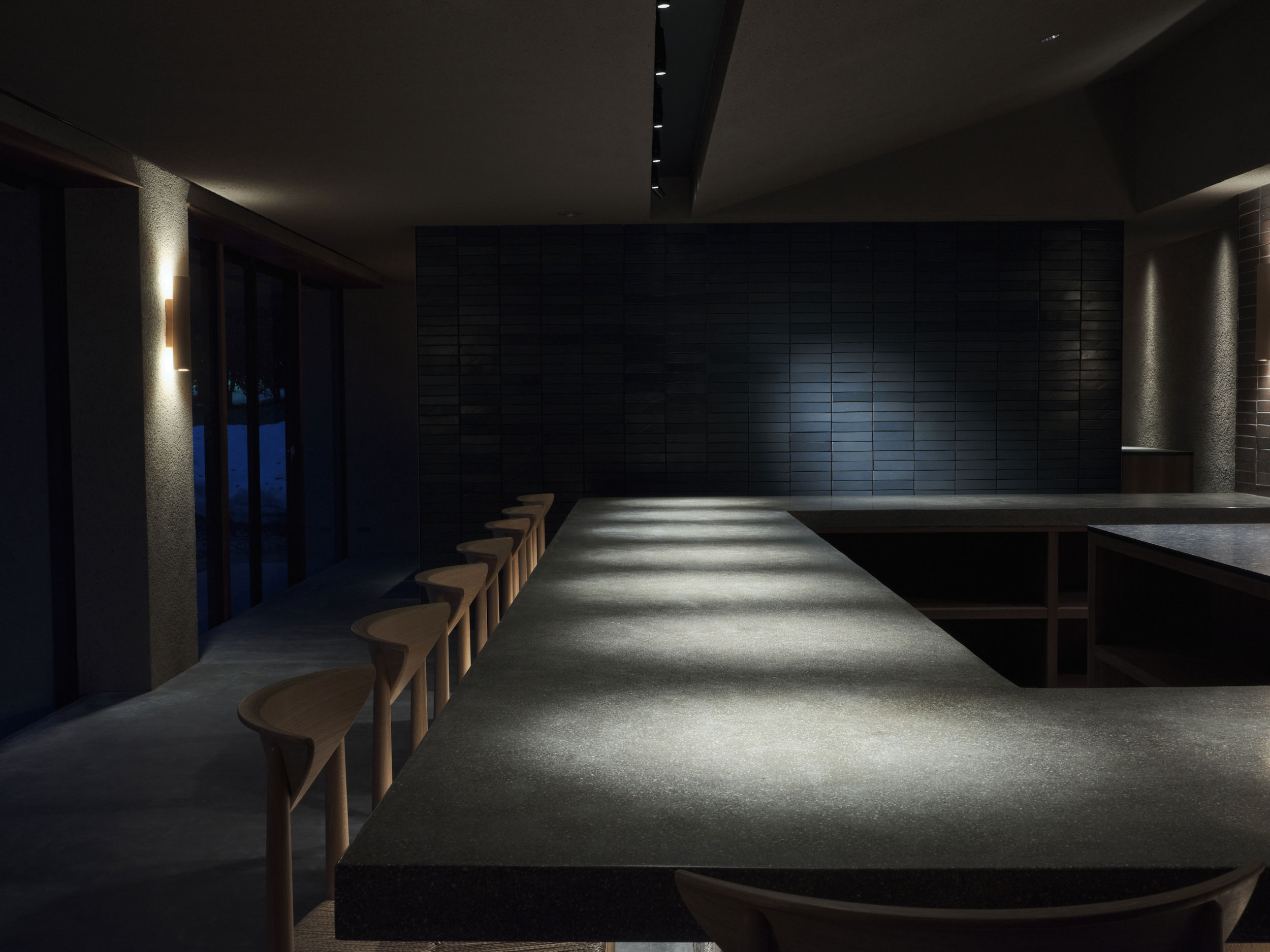
Acclaimed Shiga-based contemporary ceramics studio Nota & Design crafted expanses of vertical tile panels with a light milky white glaze using powdered waste pearl shells from Lake Biwa, set into both the counter sides and plaster walls.
Meanwhile, bar stools showcase curved oak staves expertly handcrafted by Hiroshima-based Sasimonokagu Takahashi, brass footrests, and soft semicircular seats topped with a warm grey textile from Kvadrat’s Yanagihara-designed Haku collection.
Receive our daily digest of inspiration, escapism and design stories from around the world direct to your inbox.
The angular space flows around a corner into the main restaurant area, where the earth-inspired palette, natural materials and clean-lined aesthetic continue. Here, another large terrazzo-style counter wraps around an open kitchen, next to a wall of Nota-designed tiles in a deep watery shade called Biwako Blue. Meanwhile, the minimalist tubular lines of unglazed Shigaraki clay, also by Nota, hang on walls, transformed into atmospheric light fixtures by the Nara-based New Light Pottery.
Guests also dine at circular Japanese ash tables with oxidised black legs, accompanied by oak chairs with woven cord seats by Danish brand &Tradition, reflecting the tangible connection Yanagihara sensed between the landscapes of Scandinavia and Lake Biwa.

Sharp hints of light-catching copper along parts of the walls temper the natural materials, while in an intimate private dining room, an organic expanse of camphor wood forms a tabletop centrepiece, sitting atop a burnt and polished base of the same wood.
Griffin prepares a bold and imaginative visual feast, with ingredients sourced from the surrounding land and waters. Launch highlights include shrimp and yam donuts; deer, pickled strawberries, and smoked and dried tomatoes; and burnt fig wood ice cream, all served on ceramics by both Nota and 2016/Arita Japan, alongside original knives crafted by Ryusen Hamono.
And just like the nature that surrounds it, the space will continue to evolve. ‘It’s like the architecture of a shrine or a tearoom,’ says Yanagihara. ‘As the earthen walls and the woodwork are exposed to wind and sunlight, their beauty will deepen with time.’
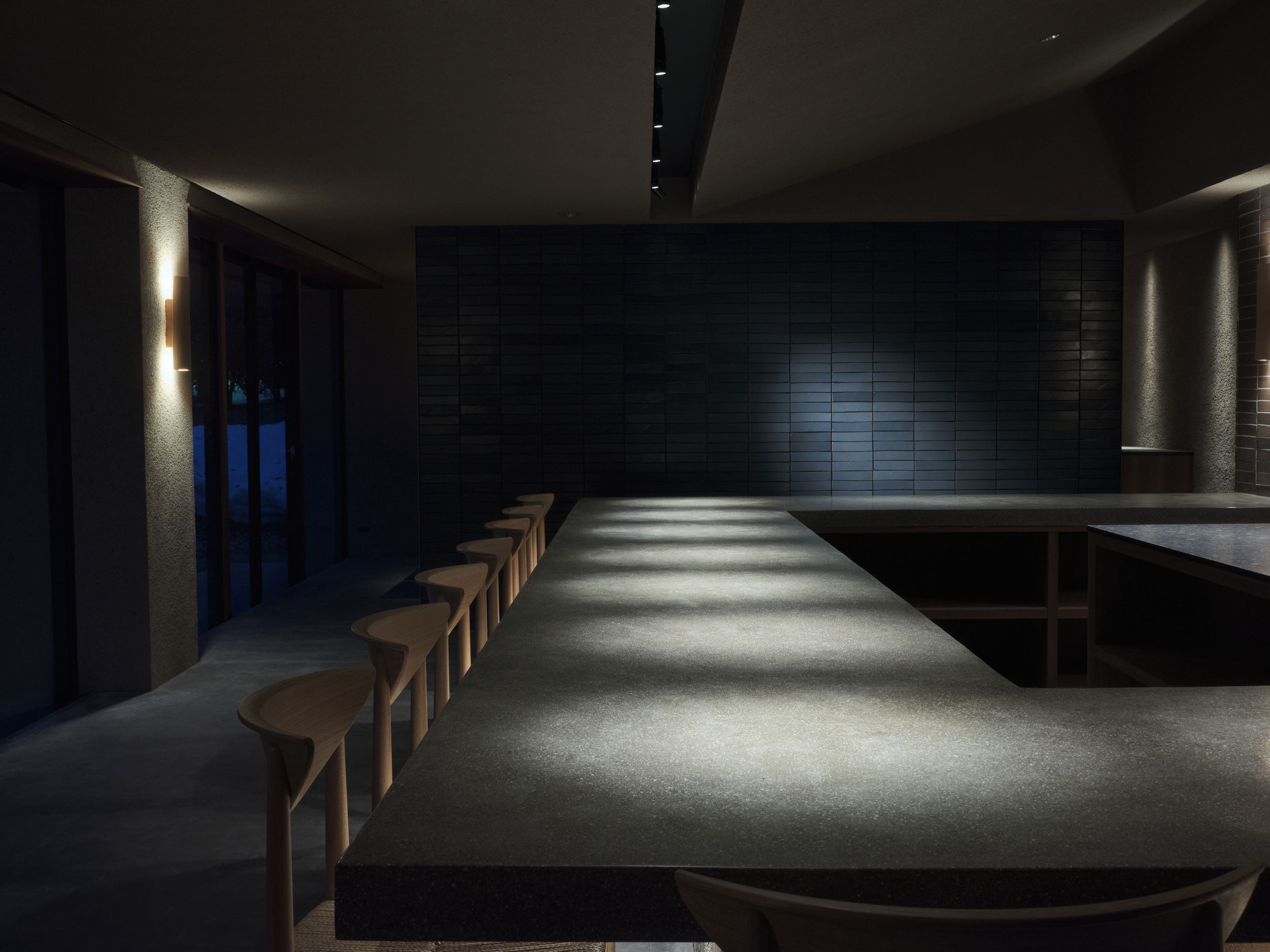
INFORMATION
Danielle Demetriou is a British writer and editor who moved from London to Japan in 2007. She writes about design, architecture and culture (for newspapers, magazines and books) and lives in an old machiya townhouse in Kyoto.
Instagram - @danielleinjapan
-
 Year in review: the shape of mobility to come in our list of the top 10 concept cars of 2025
Year in review: the shape of mobility to come in our list of the top 10 concept cars of 2025Concept cars remain hugely popular ways to stoke interest in innovation and future forms. Here are our ten best conceptual visions from 2025
-
 These Guadalajara architects mix modernism with traditional local materials and craft
These Guadalajara architects mix modernism with traditional local materials and craftGuadalajara architects Laura Barba and Luis Aurelio of Barbapiña Arquitectos design drawing on the past to imagine the future
-
 Robert Therrien's largest-ever museum show in Los Angeles is enduringly appealing
Robert Therrien's largest-ever museum show in Los Angeles is enduringly appealing'This is a Story' at The Broad unites 120 of Robert Therrien's sculptures, paintings and works on paper
-
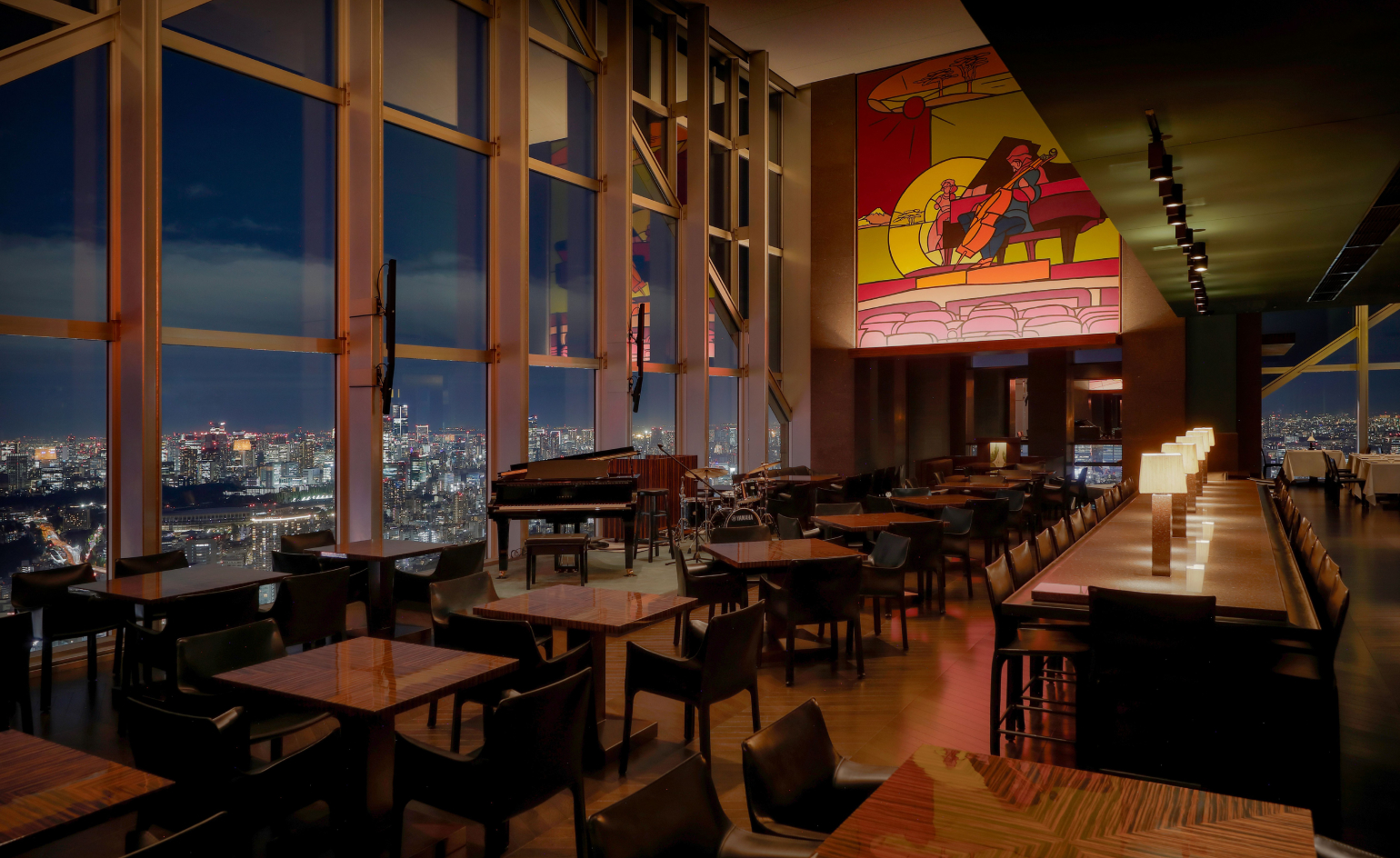 Tokyo’s most cinematic stay reopens as an exercise in architectural self-control
Tokyo’s most cinematic stay reopens as an exercise in architectural self-controlPark Hyatt Tokyo and Studio Jouin Manku demonstrate how design can evolve without erasing memory, balancing modernist heritage with contemporary comfort
-
 The Wallpaper* team’s travel highlights of the year
The Wallpaper* team’s travel highlights of the yearA year of travel distilled. Discover the destinations that inspired our editors on and off assignment
-
 Curvilinear futurism meets subtropical beaches at Not A Hotel’s ZHA-designed Okinawa retreat
Curvilinear futurism meets subtropical beaches at Not A Hotel’s ZHA-designed Okinawa retreatZaha Hadid Architects has revealed the design for the first property in Not A Hotel’s futuristic new Vertex collection, coming soon to southern Japan
-
 Free flights across Japan? ANA just made it happen
Free flights across Japan? ANA just made it happenA new All Nippon Airways scheme in collaboration with the Japan National Tourism Organization aims to ease overtourism in major hubs by boosting regional travel
-
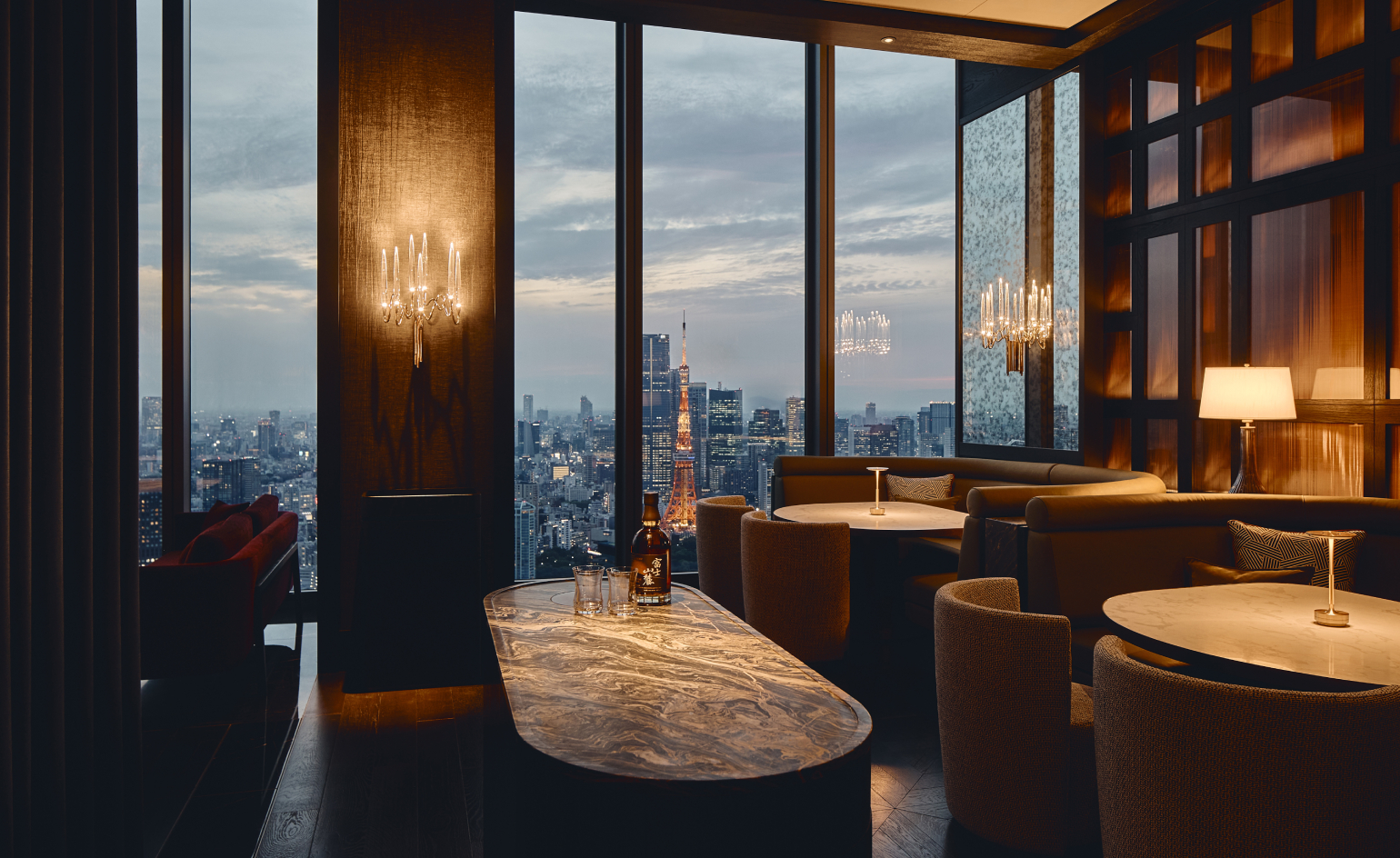 Is this Tokyo’s most alluring new hotel?
Is this Tokyo’s most alluring new hotel?In the world’s busiest capital, a new benchmark for serenity emerges 35 floors above ground. We checked into the Fairmont Tokyo
-
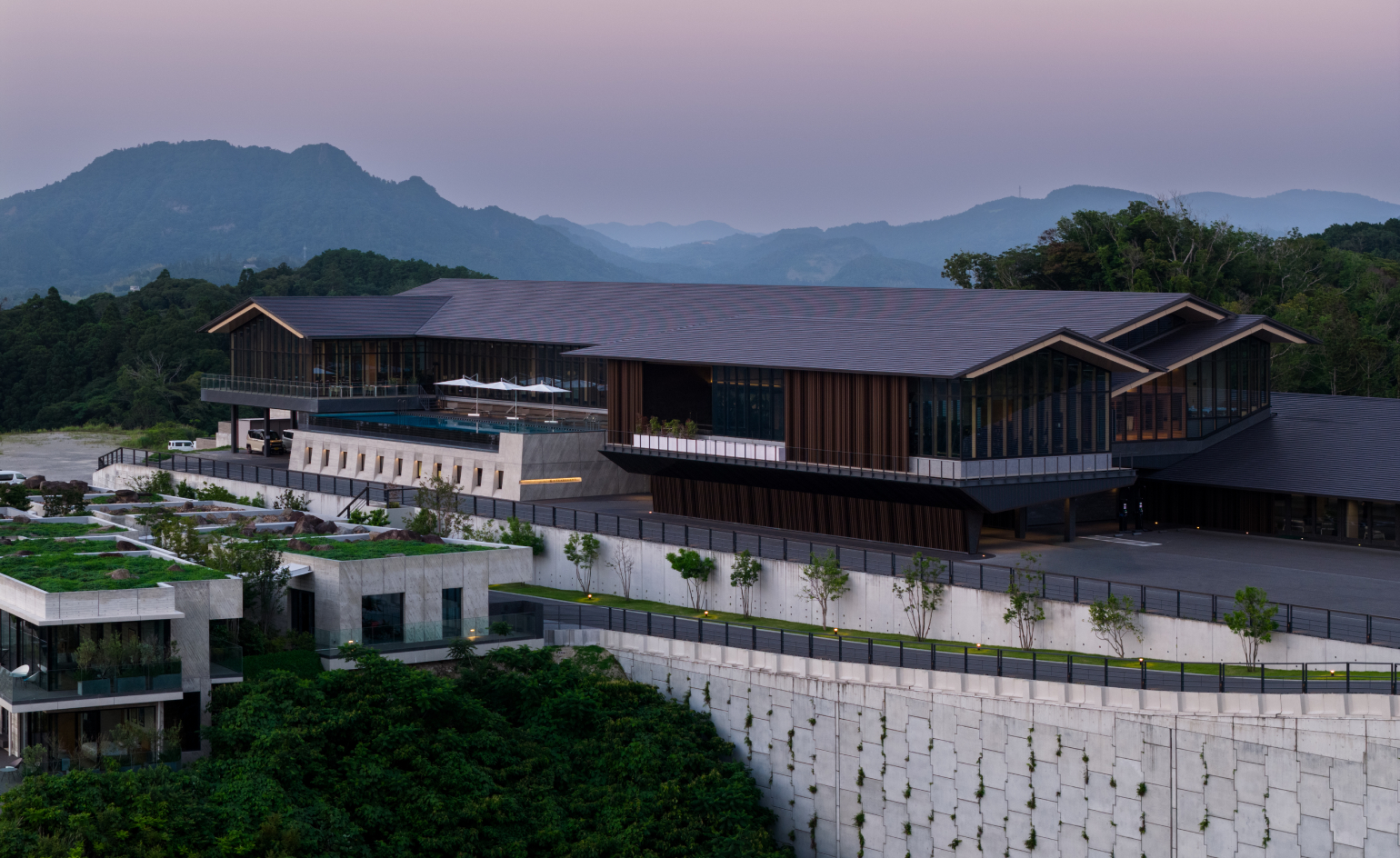 A cinematic members’ club rises in Japan’s forested hills
A cinematic members’ club rises in Japan’s forested hillsJoyce Wang Studio unveils The Magarigawa Club Clubhouse in Chiba
-
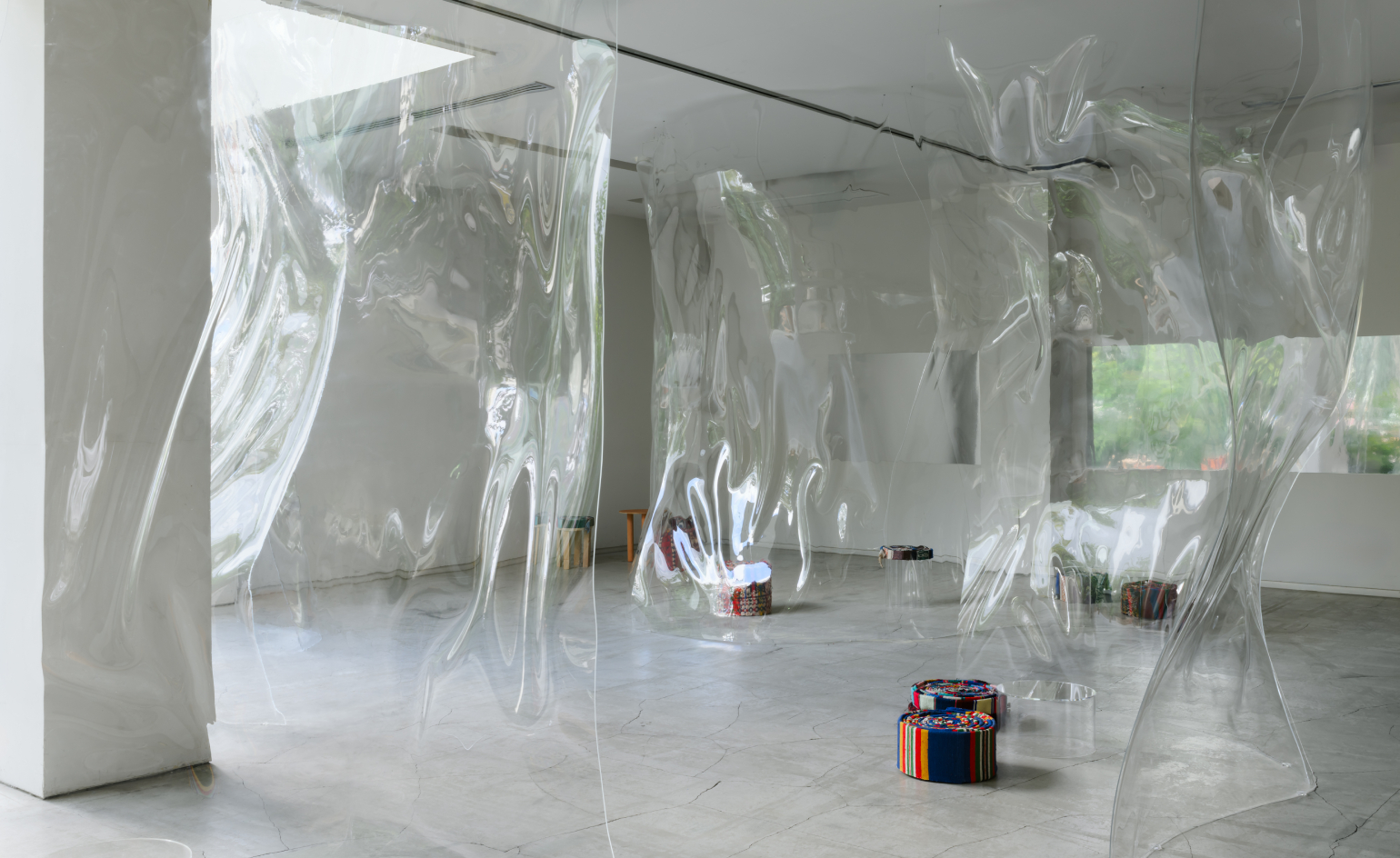 How Ichio Matsuzawa designed the almost-invisible bar defining Art Week Tokyo 2025
How Ichio Matsuzawa designed the almost-invisible bar defining Art Week Tokyo 2025During the 2025 edition of AWT, Wallpaper* met the Japanese architect to explore architecture as sensation, not structure
-
 In Sou Fujimoto’s far-flung Not A Hotel villa, solitude feels almost planetary
In Sou Fujimoto’s far-flung Not A Hotel villa, solitude feels almost planetaryAn underwater sauna, an infinity pool and a circular courtyard garden are just a few of the highlights at Not A Hotel’s latest outpost, on Japan’s Ishigaki Island